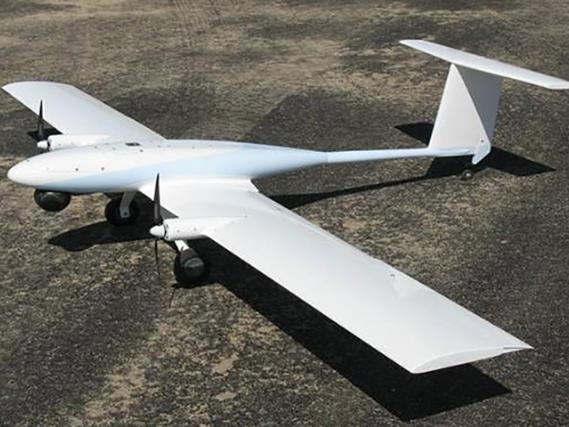Ensuring Safe FPV Drone Operations for Enthusiasts
FPV drones, known for their immersive flying experience, have captured the imagination of many enthusiasts worldwide. As thrilling as it may be to maneuver these drones, maintaining safety during flight is paramount. Understanding FPV drone safety not only protects the drone operator but also the environment and the people around. Safety should be the foremost consideration when venturing into the world of FPV drone flying.
First-person view (FPV) drone flying presents an exhilarating perspective, allowing operators to navigate as if they were in the cockpit of the drone. However, this immersive experience can sometimes lead to distractions that emphasize the need for robust safety measures.
Pre-flight Preparations
To ensure safe FPV drone operations, a pre-flight checklist is vital. Before any flight, thoroughly inspect the drone for any physical damage and ensure all components are functioning correctly. Make sure the batteries are fully charged and properly secured in their slots. Proper GPS calibration is essential to avoid signal interference and maintain control during flight. Additionally, checking for software updates that enhance drone safety features is another crucial step.
Understanding the Environment
Knowledge of the flight environment is crucial for FPV drone safety. Operators must be aware of local aviation laws and regulations that may restrict drone usage in certain areas. Flying over residential areas or near airports requires special permits, and any misuse can lead to legal issues. A clear understanding of the environment also involves checking weather conditions. Wind, rain, and extreme temperatures can affect drone performance and compromise safety.
In-flight Safety Measures
In-flight safety encompasses multiple elements. Maintaining visual contact with the drone is essential, even when using FPV goggles. Having a spotter—someone who visually tracks the drone while the operator is focused on the FPV display—can significantly enhance safety. Spotters can alert operators of any impending hazards such as other aircraft, birds, or obstacles. Additionally, keep in mind the drone’s battery life to prevent sudden drops from the sky due to power depletion.
Post-flight Actions
Once the flight is completed, conduct a thorough inspection of the drone to ensure no damages have occurred. Any signs of wear or damage should be addressed immediately to prevent future incidents. Storing drones in a safe and appropriate environment shields them from environmental damages and extends their lifespan. Reviewing flight data can also provide insights to improve future flight safety.
FAQs and Additional Tips
Q: Can FPV drones be flown at night?

A: Flying FPV drones at night typically requires specific permissions. It’s advisable to check local regulations regarding night flights to ensure compliance.
Q: How can I prevent interference with my FPV drone?
A: Avoid flying in areas with strong electromagnetic fields and use the recommended frequency settings for uninterrupted connectivity.
In summary, FPV drone safety is a multifaceted element that involves pre-flight, in-flight, and post-flight protocols. Enthusiasts must prioritize safety to enjoy a seamless and secure flying experience. Ensure that you stay informed about the latest regulations and safety techniques to safeguard your drone operations.